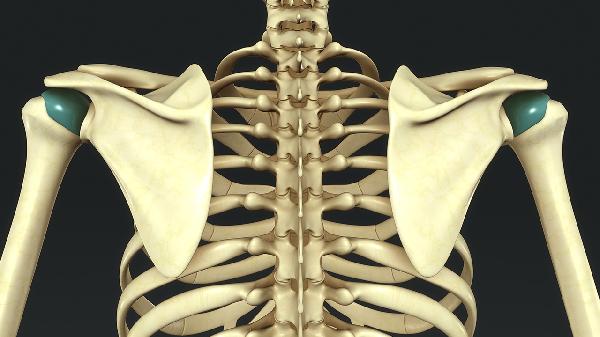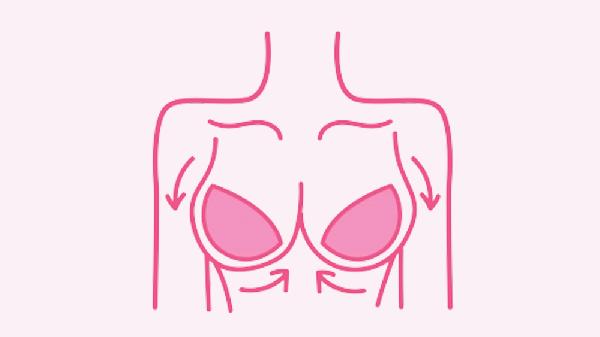If you’re looking to level up your fitness game, Zone 2 heart rate training might just be your new best friend. This low-intensity, steady-state cardio method is the secret sauce for building endurance, improving fat metabolism, and enhancing overall cardiovascular health. It’s not about pushing yourself to the brink of exhaustion—it’s about working smarter, not harder. Let’s dive into why Zone 2 is the unsung hero of fitness and how you can make it work for you.

Zone 2 heart rate training is all about exercising at a moderate intensity where your heart rate is about 60-70% of your maximum. This zone is often referred to as the “aerobic base” because it’s where your body becomes a fat-burning machine. Unlike high-intensity workouts that leave you gasping for air, Zone 2 feels manageable—you can still hold a conversation without breaking a sweat (well, maybe just a little). It’s the sweet spot for building endurance without overstressing your body.
Here’s the deal: Zone 2 training improves your body’s ability to use oxygen efficiently. When you train in this zone, your heart becomes stronger, your blood vessels more flexible, and your muscles better at utilizing fat for fuel. Over time, this translates to increased stamina and the ability to sustain longer workouts without hitting a wall. Plus, because it’s low-impact, it’s easier on your joints and reduces the risk of injury. Think of it as the foundation for all your other fitness goals—whether you’re a runner, cyclist, or just someone who wants to feel more energetic in daily life.
Finding your Zone 2 heart rate is easier than you might think. First, calculate your maximum heart rate by subtracting your age from 220. Then, take 60-70% of that number—that’s your Zone 2 range. For example, if you’re 30 years old, your max heart rate is around 190, and your Zone 2 would be between 114 and 133 beats per minute. If you’re a tech geek, you can use a heart rate monitor or fitness tracker to keep tabs on your numbers during workouts. But if you’re more old-school, the “talk test” works too—if you can chat comfortably while exercising, you’re probably in the zone.
Zone 2 training isn’t about replacing your high-intensity workouts—it’s about complementing them. Aim for 2-3 Zone 2 sessions per week, each lasting 45 minutes to an hour. Activities like brisk walking, cycling, swimming, or even slow jogging are perfect for this zone. The key is consistency—stick with it, and you’ll start to notice improvements in your endurance and overall fitness. And don’t worry if it feels too easy at first—that’s the point! Over time, you’ll be able to go faster or longer while staying in the same heart rate range, which is a sign that your fitness is improving.
Here’s where it gets nerdy but cool: Zone 2 training works because it targets your aerobic system, which is responsible for producing energy during prolonged, low-intensity activities. When you train in this zone, your body becomes more efficient at using oxygen to convert fat into energy. This process also increases the number of mitochondria in your cells—think of them as tiny power plants that keep your energy levels up. The more mitochondria you have, the more endurance you’ll build. It’s like upgrading your body’s engine without over-revving it.
One of the biggest mistakes people make with Zone 2 training is going too hard. If your heart rate creeps into Zone 3 or higher, you’re no longer reaping the benefits of aerobic base building. Another pitfall is not being patient—Zone 2 training is a long-term strategy, not a quick fix. It might take weeks or even months to see significant improvements, but trust the process. Lastly, don’t neglect other types of training. While Zone 2 is great for endurance, incorporating strength training and high-intensity intervals will give you a well-rounded fitness routine.
Zone 2 training isn’t just for elite athletes—it’s for anyone who wants to improve their fitness. Whether you’re a beginner looking to build a solid foundation or a seasoned athlete aiming to enhance endurance, Zone 2 has something to offer. It’s also a great option for people recovering from injury or those who prefer low-impact workouts. Even if you’re not training for a marathon, Zone 2 can help you feel more energized, recover faster, and perform better in everyday activities.
So, if you’re ready to boost your fitness and unlock your endurance potential, give Zone 2 heart rate training a shot. It’s not flashy, but it’s effective—and sometimes, the best results come from keeping it simple. Lace up those sneakers, find your zone, and get ready to crush your fitness goals!
























